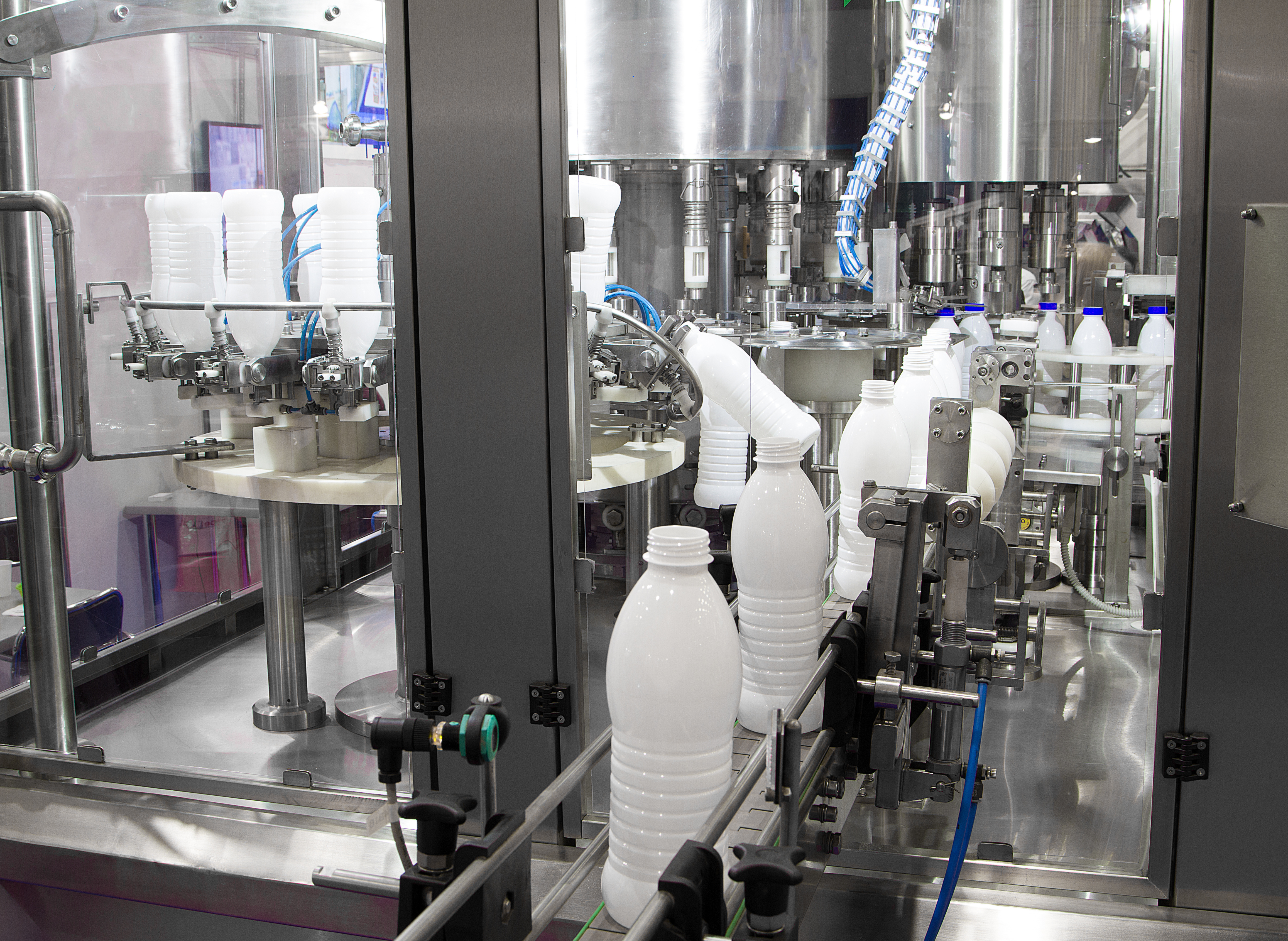KANSAS CITY, MO. -- The COVID-19 pandemic has highlighted how critical automation can be throughout the dairy supply chains. The advantage of remote, real-time access to a facility’s production line has never been more crucial. The milk supply chain is complex, but there are many ways to improve efficiencies.
“As we look at the application of emerging technology, artificial intelligence, machine learning, robotics, automation and the like … that is actually changing the way we do business,” said Mark Baum, senior vice president of industry relations and chief collaboration officer for FMI – The Food Industry Association, based in Arlington, Va. “I like to say these days, if you’re not a technology-enabled dairy operator or food retailer, you are at a competitive disadvantage. So, you’ve got to understand the application of these technologies and where you’re going to make those investments because very few companies have the wherewithal to invest in everything.”
AUTOMATING
Material handling equipment is crucial in managing the movement of inventory within dairy processing facilities. The deployment of modern and automated material handling equipment can help dairy processors address concerns by ensuring the safety of products and employees, without compromising on the process quality, time or profits. The right type of equipment facilitates increased efficiency and reliability, with the promise of significant cost savings over the long term.
“Material handling is being done more and more by robotics and self-driving vehicles,” said Erik Grinnell, vice president of automation at Quest, a subsidiary of ProMach, Covington, Ky., which manufactures industrial automation equipment focusing on robotics and vision guidance. “These methods reduce human interaction, address labor challenges, and reduce repetitive motion injuries for employees. As the industry grows more technologically advanced job positions are opening for workers, which are more appealing to the current generation.”
One of the largest challenges for material handling is the variation of consumables, such as pallets and cartons, Grinnell said. These pallets or cartons are often far from spec, and once automating, can pose repeated challenges.
“We utilize vision in around 95% of our robotics and self-driving vehicles, which allows us to handle the variations in product quite easily,” he said. “In addition, our Q tool software allows the user to modify robotic motions in real-time to account for new product types or variance that isn’t handled by the vision system.”
Dealing with a product that is notorious for high volumes of waste, dairy processors can also use automation technologies to reduce product waste. In a milk processing environment, production data can be used to manage processing execution, tracking the transformation of products from raw materials to finished product. This can help processors determine the appropriate changes to make the process less wasteful.
PACKAGING IMPROVEMENTS
The simplest way in which automation can help down the line can be packaging savings. Often packaging designed for a manual loading operation is not the most efficient way to ship products, said Robbie Quinlin, marketing manager for Blueprint Automation (BPA), South Chesterfield, Va.
“Redesigning packaging for automatic forming and loading can use less corrugate and lead to significant dollars saved,” he said. “Often automation will complete the process at a faster rate, too. Likewise, it is not uncommon for automation to create more efficient packs, which allows for more product to be shipped in the same packaging.”
BPA offers vision-guided robotic solutions and automatic case packers, providing flexible end-of-line packaging solutions to help get the most out of operations while reducing the amount of labor needed at pack-out.
To remain competitive, processors have to ensure timely and uninterrupted flow of raw materials and end-products, along with flexibility, across the production process and supply chain. Opportunities abound for the deployment of new, cutting-edge material handling equipment to keep pace with the growing demand for certain dairy products. Investing in automation and robotic technologies are the key to having a competitive advantage for dairy processors.
“If you’re a dairy processor, it’s probably going to be a plant automation using that technology,” Baum said. “Maybe it’s going to be a more efficient route-finding and distribution and transportation technology as well, but all of it has implications for the future of work.”
This story is featured in the June 2021 issue of Dairy Processing.

